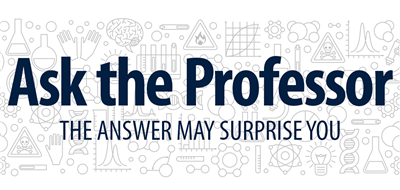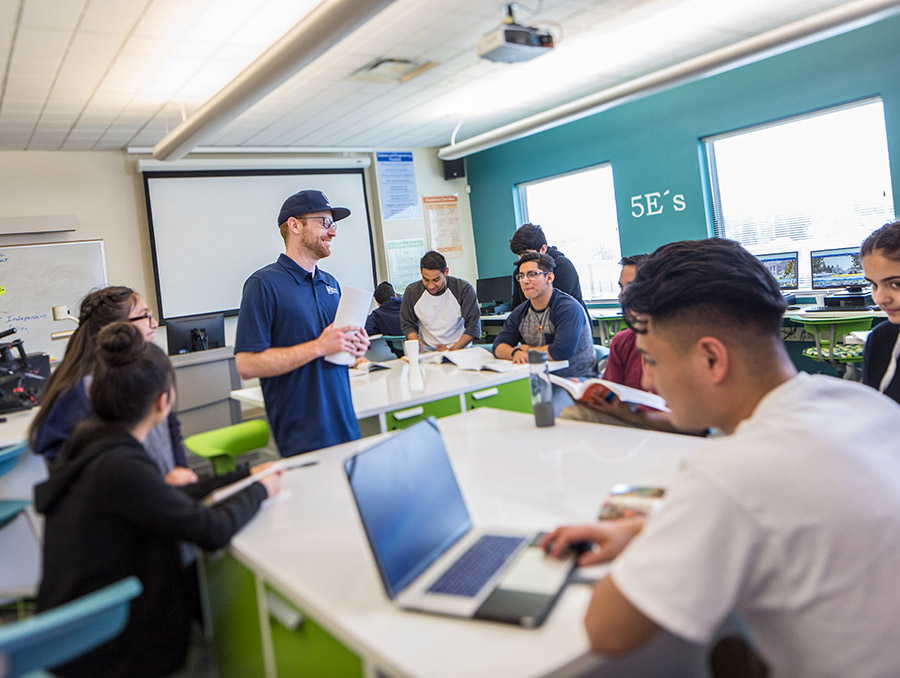
It's no secret that Critical Race Theory and Inclusive education has exploded in the public arena this past Spring. There have been many supporters and many opponents that have tried to derail any efforts to bring diversity into the classroom. I would like to try and address the naysayers by addressing what these education changes are and debunking some of the myths being circulated in the news and online.
What is Critical Race Theory (CRT)? Why does it face so much opposition?
CRT involves using a critical examination of laws, policies, norms and practices that create conscious and subconscious barriers that exclude people based on race and/or ethnicity. I believe that CRT is not misunderstood. However, I think that Inclusive Education is misunderstood and being masked as CRT.
I think many oppose CRT because they believe it aims to eliminate whiteness. This is not the case. We cannot eliminate whiteness and the impact of whiteness from our history or society. In the same breath, we should not eliminate the impact of any cultural group from history and society.
Sharing is a historical challenge for the United States We function on a dichotomous system that consists of two opposing values (i.e., the have and have nots; rich vs. poor; white vs. black; etc.). The construct of the “melting pot” proposes the opposite. This concept advances the idea that we blend all cultures to create a system of belonging and unity. Ultimately, the meats and vegetables will have to share the flavors with some other ingredients in the pot, but togetherness is what makes the United States what it is today.
Why is it important for students to learn about other cultural groups in schools?
Learning about other cultural groups fosters a sense of belonging when students learn about historical figures who shared their learning disability, gender, sexual orientation, race, religion or any other piece of their culture. Research has demonstrated that the more a student can connect to knowledge that increases this sense of belonging, the more that their academic performance will ultimately benefit.
Even when students don’t identify with a specific cultural group, learning about other groups offers a more complete view of our history and society, making space for the accounts and perspectives of the people we have traditionally left out of our educational frameworks. Creating a classroom that allows room for individuals from other cultural groups lets us better engage with and understand each other, highlighting how we are similar rather than how we are different. Learning about other cultural groups in schools creates a view that pays respect to all the figures that deserve it while creating inspired students more tolerant of identities that are not their own.
How detrimental will it be if school districts around the country ban Inclusive Education?
Inclusive Education is about the inclusion of all cultures, which does include race, into the curriculum. Today, many of our curriculums are still centered on a Eurocentric framework of education where the classics, theories and ideologies are centered on historically white contributions. Many individuals who shaped the history of our nation representing communities of color, females, people with disabilities, and people of various sexual orientations and identities are being excluded from lessons taught in schools today.
If we were to ban Inclusive Education, we are telling communities in our nation they are not relevant, they do not belong in our schools, they do not belong in our history and they do not belong in our society. Although Inclusive Education is a completely different lens that simply shares similarities with CRT, the challenge arises from the fact that they are often coupled together. As public-school populations across our nation continue to become more diverse, it becomes more and more necessary that we recognize this diversity in our curriculum.















